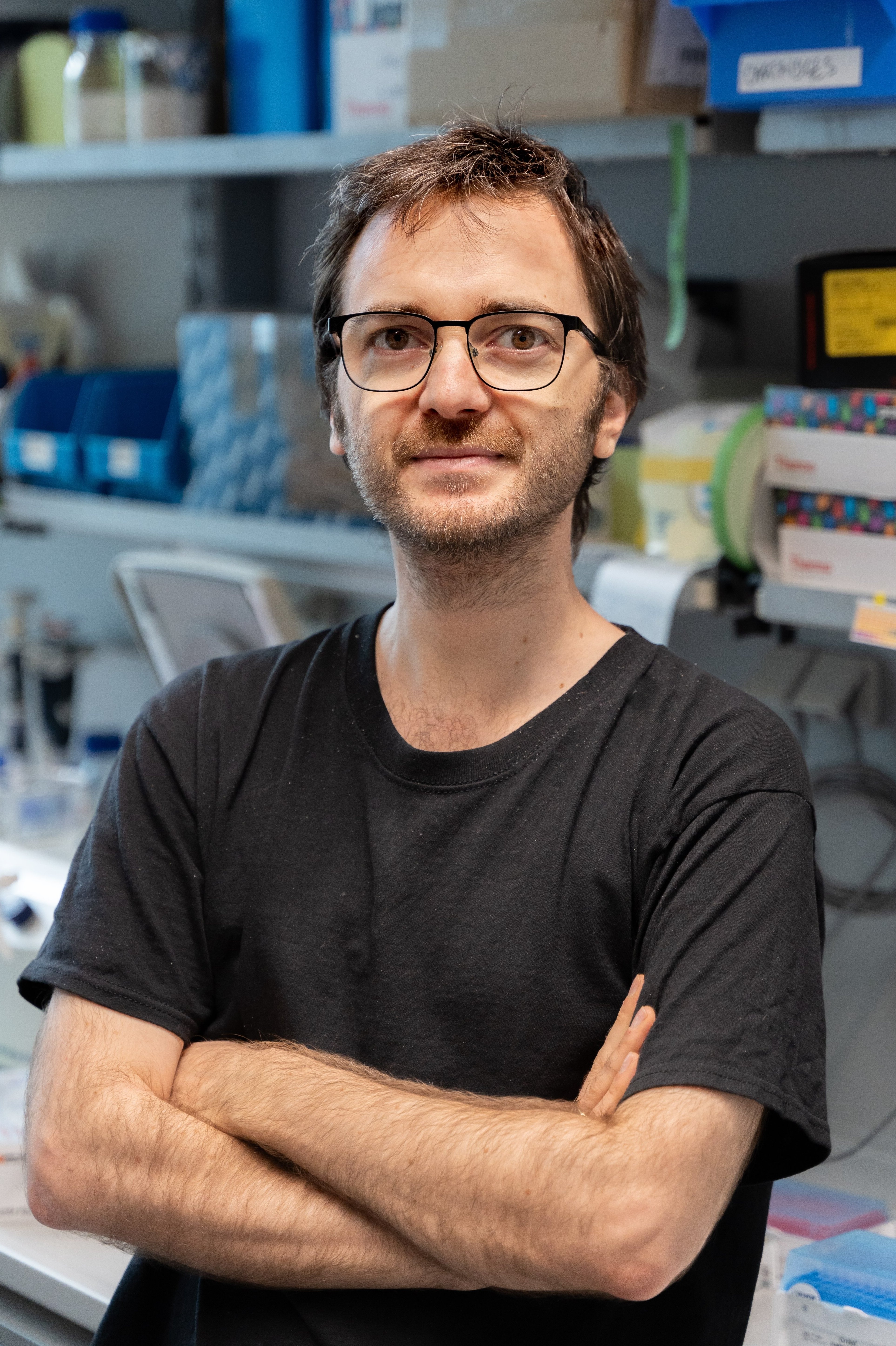
(Vienna, 28 July 2025) Simon Licht-Mayer, researcher at the Clinical Institute of Laboratory Medicine at MedUni Vienna, has been awarded an individual project grant by the Austrian Science Fund (FWF). His project investigates neural adaptations to demyelination. The loss of the protective myelin sheath that normally surrounds many nerve fibers leads to acute and progressive damage to the axons (nerve cell extensions) in demyelinating diseases such as multiple sclerosis (MS).
Axonal degeneration is the main cause of permanent disability in patients with MS. In addition to MS, this problem also occurs in other demyelinating diseases of the central nervous system (CNS) and peripheral nervous system (PNS). Previous studies have shown that demyelination severely impairs the energy metabolism of the affected nerve cells. Mitochondria – the central energy producers of the cell – play a key role in these processes.
Previous work by Simon Licht-Mayer and colleagues has shown that nerve cells respond to the loss of myelin with a targeted protective response: they transport more mitochondria into the damaged axons to maintain their energy supply and slow down degeneration. The researchers have termed this mechanism the "axonal response of mitochondria to demyelination" (ARMD). It is particularly promising that this protective response can be therapeutically enhanced to actively prevent nerve damage. However, it is still unclear how exactly this response is controlled in nerve cells and how changes in mitochondrial transport affect the degradation and composition of mitochondria in demyelinated axons. Likewise, the extent to which age and gender influence the efficiency of ARMD has not yet been investigated.
In this project, Simon Licht-Mayer therefore aims to investigate how this protective response is regulated at the genetic level and what influence it has on mitochondrial protein synthesis and degradation – both after demyelination and after possible remyelination. To this end, the researchers will use special mouse models to label nerve cells with damaged axons, enabling them to be studied in a targeted manner. In parallel, they will label mitochondria in affected axons and their cell bodies and isolate them specifically in order to examine their composition and degradation after demyelination and remyelination in more detail.
Finally, they will verify their results on tissue samples from MS patients to confirm the clinical relevance of their findings. Through this integrative approach, the researchers expect to gain new insights into mitochondrial protective mechanisms that could help prevent the progression of nerve degeneration in MS and other demyelinating diseases in the long term.
About
Simon Licht-Mayer studied molecular biology at the University of Vienna and completed his master's thesis in Hans Lassmann's laboratory, where he investigated the role of Nrf2 – an antioxidant master regulator – in multiple sclerosis lesions. For his PhD, he conducted research at the University of Edinburgh in Scotland, where he studied mitochondrial dynamics after demyelination in Don Mahad's group. This work, published in the journal " ," was the first to describe the "axonal mitochondrial response to demyelination" (ARMD), a homeostatic response that increases the number of mitochondria in demyelinated axons and can be enhanced by genetic and pharmaceutical manipulation to protect demyelinated axons. As a postdoctoral researcher at the Clinical Institute of Laboratory Medicine at MedUni Vienna, he is currently working in Josef Penninger's group to investigate the genetic basis of altered mitochondrial dynamics after axonal damage with the aim of identifying new therapeutic approaches.